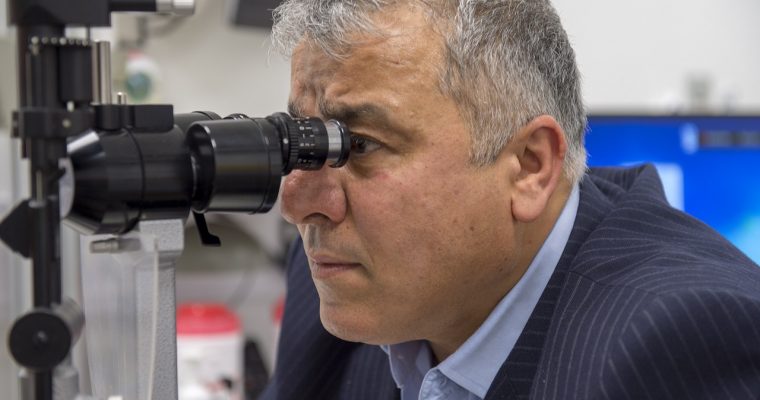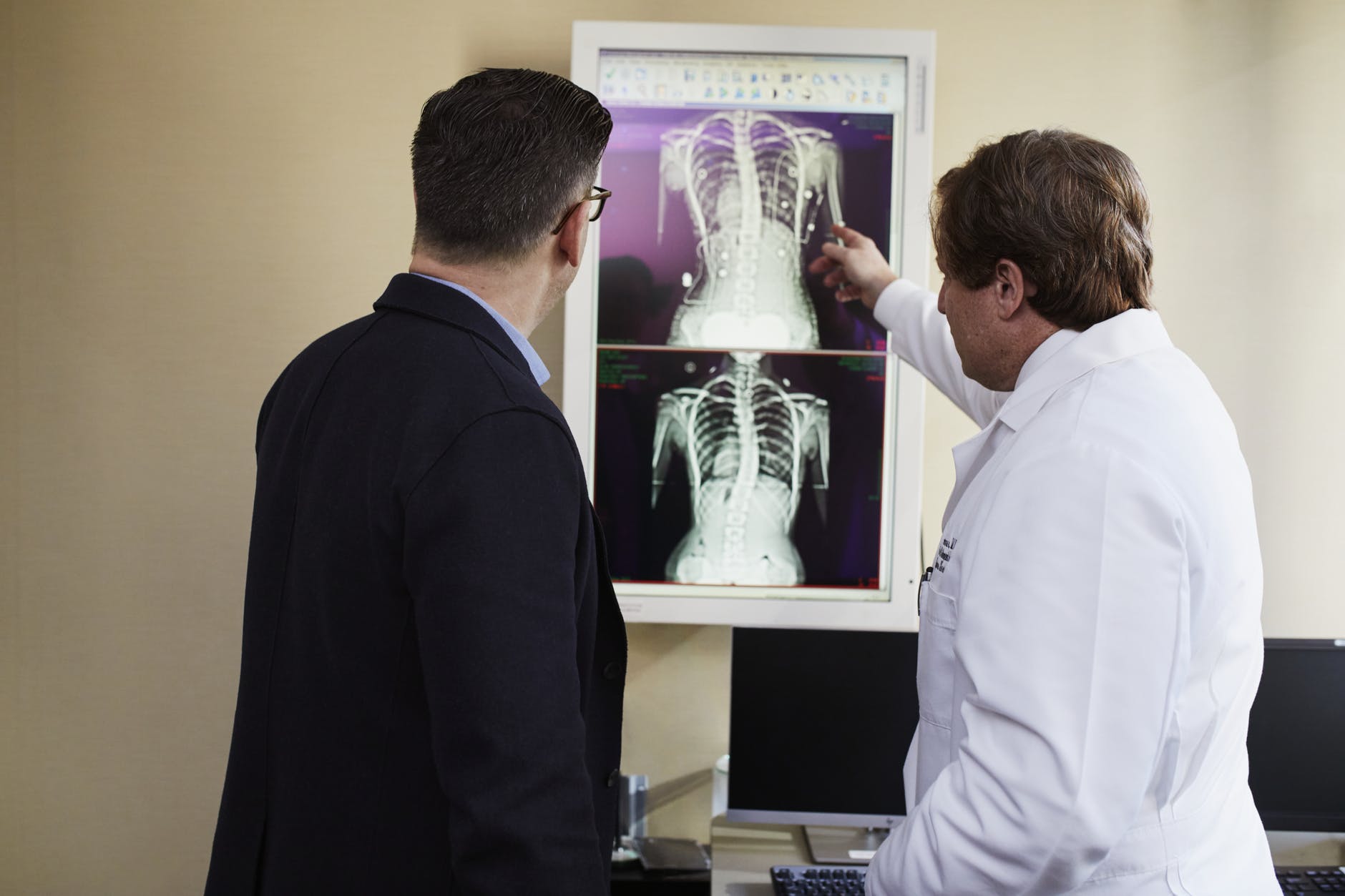Good vision and healthy eyes are essential to kids’ development. Eye care professionals advise parents to schedule routine eye examination and vision screening for their children. This applies to all kids, including those who haven’t shown any signs of trouble. Doing so helps in the early detection of eye problems, and hence, the timely intervention will be provided.
On the same note, a St. Louis Optometrist explains that any child who complains of vision problems or whose symptoms of eye trouble are evident should undergo a comprehensive eye examination by an eye doctor – an ophthalmologist or optometrist.
How to identify eye problems in a child? Look out for the following telltale signs:
- Extreme sensitivity to light
- Constant rubbing of the eyes
- Poor visual tracking and focusing
- Too much redness and tearing of the eye.
- White pupils, instead of the usual black one
- Abnormal movement or alignment of the eyes (for children above six months of age)
It is essential to check if we need what type of medical professional is necessary for eye problems:
I. Ophthalmologist – a medical doctor who offers comprehensive eye care via medicine and surgery.
II. Pediatric ophthalmologist – a medical doctor with additional specialized training for treating kids with eye problems.
III. Optometrist – a doctor who offers services similar to those of an ophthalmologist, but does not perform surgery. You may also find a pediatric optometrist.
IV. Opticians – an eye care professional who fits and adjusts eyeglasses.
Doctors must do everything possible to ensure optimal eye health, besides preventing injuries, in children and adults. The following tips will come in handy:
Wear Protective Eyewear When Participating In Sports
Eye injuries that occur when a child is participating in sports can result in severe damage. It could be something minor like a smack from an elbow during basketball, or something serious like taking a hit from a hockey stick. Purchase goggles or any other certified protective eyewear if your child plays sports such as racket, field hockey, hockey, basketball, or baseball.
Limit the Time Your Child Spends On Gadgets/Digital Screens
The modern child and the current technology are inseparable. It is no secret that parents are struggling with the consequences of their kid’s excessive exposure to gadgets. Children spend a considerable portion of their day staring at LED screens of tablets, smartphones, computers, and other digital devices. Whether they are doing so for fun or educational purposes, it is imperative to limit this indulgence.
Unfortunately, too much screen time is harmful to your child’s eye health. The risks involved include:
I. Computer vision syndrome
Also referred to as digital eye strain, CVS is a condition caused by visual stress. Symptoms include fluctuating vision, dry and tired eyes, fatigue, and headache. Non-visual signs of computer vision syndrome include pain in the neck, shoulders, and back.
II. Myopia
You may have already heard about nearsightedness. According to vision researchers, excess screen time in kids poses a significant risk for the development and progression of myopia. The prevalence of myopia has coincidentally grown with the increased use of computers and other digital devices among children.
How can you limit the screen time of your children?
Begin by encouraging frequent visual breaks. Have you ever heard of the 20-20-20 rule? Instruct your child to look away from the computer screen and look at an object that is at least 20 feet away for a minimum of 20 seconds. The task is aimed at relaxing the eye and be able to refocus and realign the muscles, which in turn minimizes the symptoms of eye strain. The other trick you can use is to introduce media-free times. Besides helping maintain the eye health of your children, the extra time can now be allotted for quality family time.
While this is not a comprehensive list of eye care tips for kids, it should be useful as a starting point. As a parent, you have the responsibility of ensuring the safety and health of your child – and this includes their eyes. Play your part diligently!










